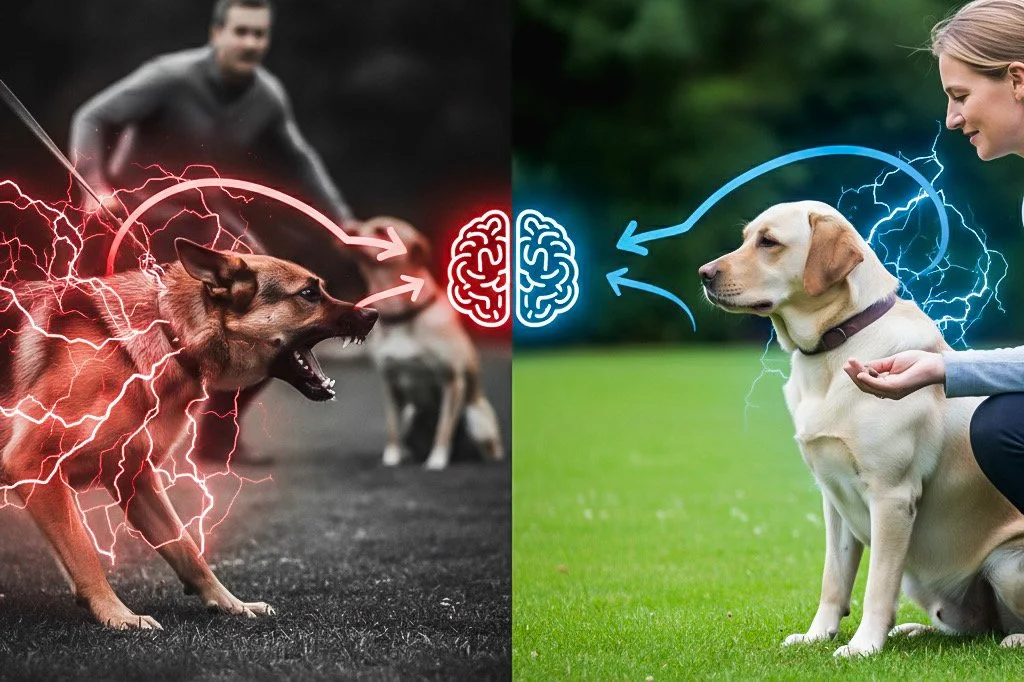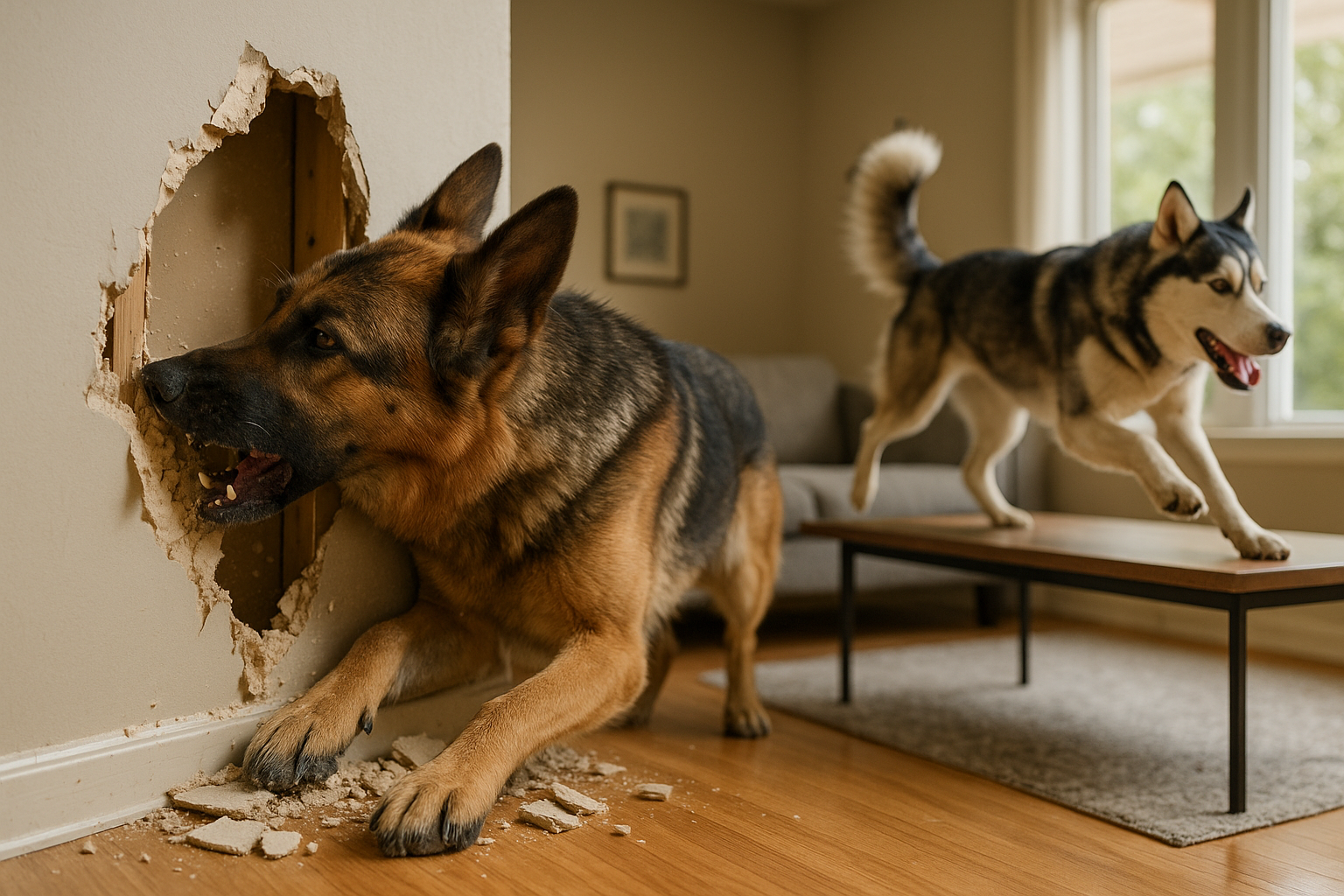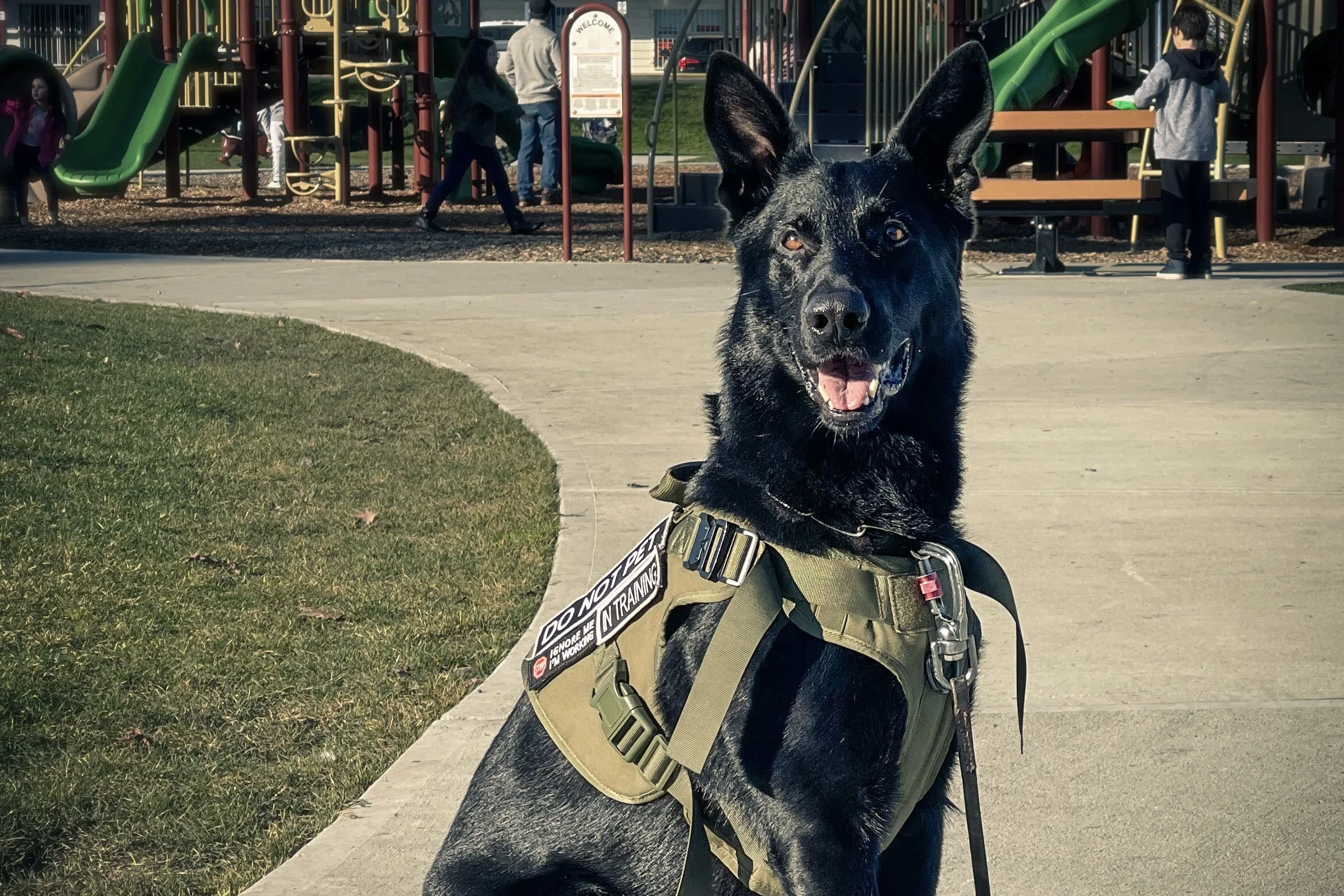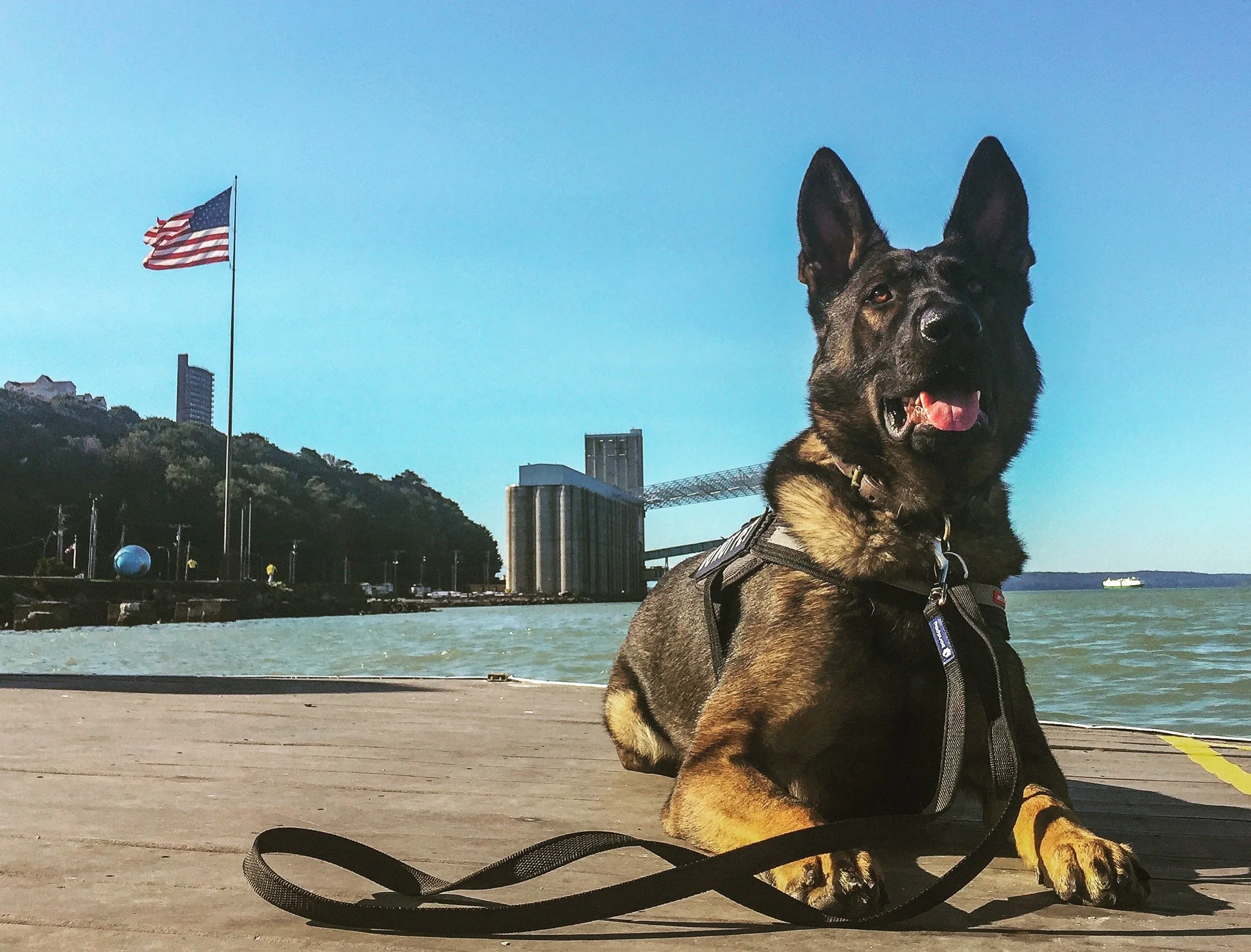I’ve often been asked what makes the bond between humans and dogs so unique. It’s a fair question, and one that science is just beginning to unravel. My answer typically begins with the obvious—dogs are incredibly perceptive animals. They read our body language, interpret our tone of voice, and even pick up on our subtle hormonal changes. But there’s something deeper, something invisible to the naked eye, that forms the foundation of this bond. That “something” lies in the realm of electromagnetic energy, specifically the energy emitted by the human brain.
It’s a fascinating aspect of the human-dog relationship: our brainwave activity and the electromagnetic energy it generates can influence our dogs in profound ways. Service dogs, for example, can detect the onset of epileptic seizures or anxiety attacks well before their human companions notice anything is amiss. How do they do this? The answer lies not only in scent but in their sensitivity to electromagnetic and neurochemical shifts that are often linked to brainwave activity.
In this article I will try to explain the mechanisms behind this invisible bridge and examine how dogs detect these signals.









